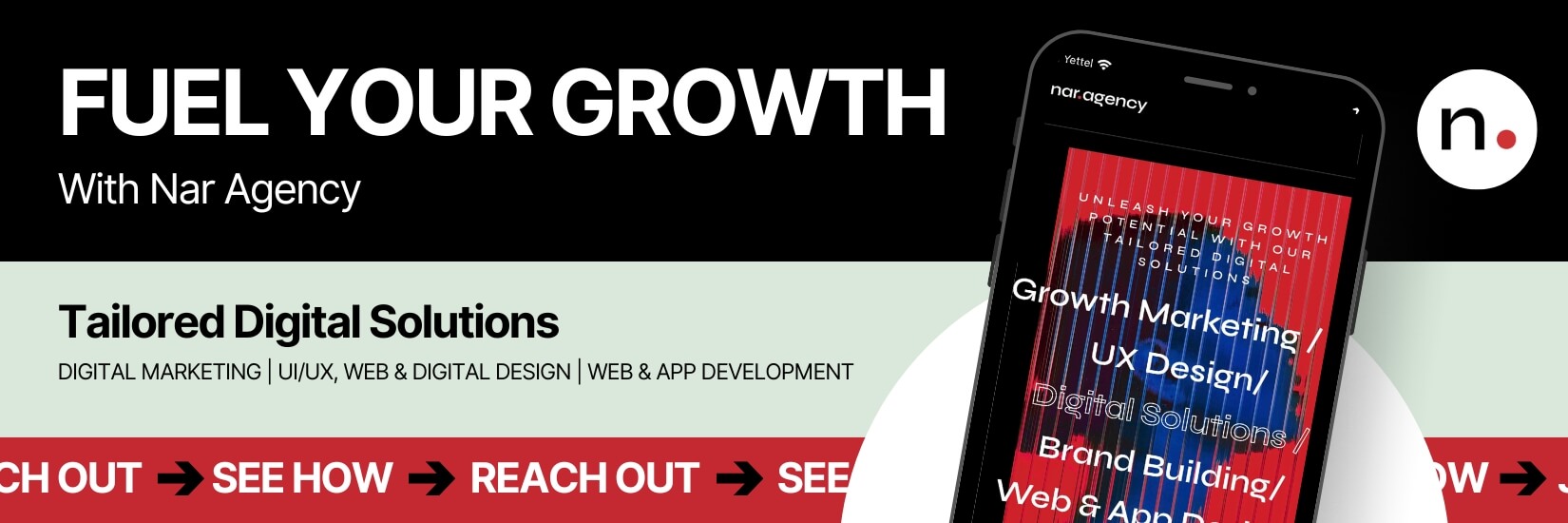Table of Contents
Designing a digital product is so much more than just making it look good. It’s about creating something that users find helpful and easy to use. To make sure your digital product is successful, you need to follow certain principles. These principles help guide your decisions and ensure that the product meets the needs of its users. In this article, we will discuss five key principles that are essential for effective digital product design.
Key Takeaways
- Always put the user first. Understand their needs and problems to create a product that truly helps them.
- Keep it simple. Avoid unnecessary features that could confuse users or make the product harder to use.
- Focus on delivering value. Make sure every feature adds real benefit to the user.
- Use data to guide your decisions. Base your design choices on research and user feedback.
- Work as a team. Good communication and collaboration are crucial for creating a successful product.
1. User-Centricity
Understanding your users is the cornerstone of effective digital product design. When you know your users, you can predict their behavior and create an interface that fits their needs. This user-centric approach removes guesswork and reduces the risk of making a product that users find hard to use.
Real-Life Example
A great example is Spotify’s user interface evolution. As Spotify gathered more user data and feedback, they noticed users had trouble navigating their growing music library. This led to the creation of “Your Library,” a redesigned space that made it easier to access saved songs, albums, and playlists. This change was driven entirely by user behavior and needs, leading to a better user experience.
Practical Approach
Here’s a simple framework to understand your users:
Conduct User Research: Use surveys, interviews, and observations to gather information about your users. Ask about their needs, preferences, and challenges.
Create User Personas: Based on your research, create fictional characters that represent your users. These personas should reflect the characteristics, needs, motivations, and behaviors of your user base.
Map User Journeys: Outline the steps a user takes to complete a task in your app. This helps identify any pain points in their journey.
Analyze User Behavior Data: Use tools like heatmaps and user session recordings to see how users interact with your current design.
Iterate Based on Feedback: Regularly gather user feedback and use it to continuously improve your design.
User personas and user journey maps are valuable tools in user-centered design. They help designers empathize with and design for specific user groups, leading to higher user satisfaction and engagement.
2. Simplicity

Simplicity in design is not about making things look plain or boring. It’s about removing complexity. Users come to your platform with a goal, and a simple design helps them achieve it without distractions.
A cluttered design can overwhelm users, making it hard for them to find what they need. Simplicity, on the other hand, improves clarity and usability. It makes your application more intuitive and user-friendly.
A simple, clean design allows users to accomplish their tasks without unnecessary distractions or confusion.
Practical Steps to Achieve Simplicity
Identify Core Functionality: Determine the essential functions of your application. Prioritize these and design around them.
Eliminate Unnecessary Elements: Remove elements that don’t support the user’s tasks or the app’s core functionality. Every item on your screen should serve a purpose.
Use White Space: Don’t be afraid to leave areas blank. White space can highlight key elements and make your interface easier to read and navigate.
Streamline Navigation: Keep menus and navigation as simple and intuitive as possible. Users should be able to get to their destination in the least number of clicks.
Simplify Forms: Only ask for necessary information. Long and complicated forms can discourage users from completing them.
Simplicity in UI design leads to clarity, accessibility, and a better user experience. By focusing on core functionalities and eliminating unnecessary complexities, you make it easier for users to interact with your design. Remember, the best design is the one that gets out of the user’s way and allows them to accomplish their tasks effortlessly.
3. Value Before Features
A key principle in digital product design is to prioritize value over features. This means focusing on what truly benefits the user rather than just adding more features. Often, too many features can distract users from the core value of the product.
Why Value Matters
Users typically don’t use all the features of a product. It’s important to understand that more features don’t necessarily mean more value. Designers should ask themselves: What is the main reason someone would use this product? What problems does it solve? The answers to these questions should guide the design process.
Delivering Real Value
The final product should make users’ lives easier and more fulfilling. By focusing on value, designers can create products that truly meet user needs and stand out in the market.
Remember, a product with fewer but more meaningful features can be more successful than one overloaded with unnecessary options.
Improve Your Digital Product Design
Learn how to apply these 5 key principles to your next project.
4. Data-Driven Decisions
In digital product design, making decisions based on data is crucial. Data-driven design uses both quantitative and qualitative data to shape and inform design choices. This approach ensures that the design aligns with user needs and market demands.
Why Data Matters
Relying on data helps avoid the pitfalls of intuition-based decisions. Often, our brains take mental shortcuts, leading to decisions that may not be optimal. By using data, designers can gain a broader view of how users interact with the product.
Steps to Implement Data-Driven Design
Conduct Thorough Research: Gather data through surveys, interviews, and market analysis.
Define Goals and Metrics: Clearly outline what success looks like and how it will be measured.
Analyze User Behavior: Use tools like heatmaps and session recordings to understand user interactions.
Iterate Based on Feedback: Continuously improve the design by incorporating user feedback.
Data-driven decisions remove guesswork from the design process, reducing the risk of creating a product that users find difficult to navigate or use.
Real-World Example
A well-known example is Spotify’s redesign of its user interface. By analyzing user data, Spotify identified that users had trouble navigating their music library. This led to the creation of “Your Library,” a feature that made it easier for users to find their saved content. This change was driven entirely by user behavior and needs, enhancing the overall user experience.
5. Collaboration and Communication

Smooth collaboration and clear communication within the UX team’s structure are the foundations of a successful product design. Almost all digital products involve working in a team which means considering different opinions and priorities. Product designers usually collaborate with teams from both the client and development sides. That’s a lot of people. Everyone can have different views on how the product should look. Therefore, clear communication is vital at every stage of product design. Sometimes it can be challenging to achieve a smooth flow of information, but if you succeed, the whole process becomes simpler and more enjoyable.
Define Roles and Responsibilities
Responsible: Who is working on the design?
Accountable: Who has design decision authority?
Consulted: Who should be included in design decisions or activities?
Informed: Who needs to know about design decisions or actions taking place?
Create a Feedback Protocol
Opinions come from many places within organizations, but without a governance model in place to organize all of these opinions, it can be difficult to know what design decisions to act upon. Aside from defining roles and responsibilities, consolidating feedback allows for duplicate comments to be combined or eliminated, and creates a comprehensive list of changes that need to occur for those responsible for enacting them.
Establish Meeting Goals
Every design meeting should have a clear target to aim towards. Oftentimes when it comes to design meetings, opinions come forward without a filter. One comment sparks another, and before you know it you are off on a tangential issue that may not resolve the meeting goal.
With proper adherence to these rules of engagement, success will be easier to find. Teams will be more aligned. They will understand what their roles are, how to be involved, and how to contribute towards the digital product’s creation or evolution through feedback and meetings.
Enforcement is key to the success of this particular design strategy, as people will naturally deviate from it. We’re human after all, and we want to be helpful and heard. But there is a significant difference between being helpful and being heard, and expressing your own personal opinion presuming it to be the final say. Respect your professional colleagues as well as the design process, and your digital products will flourish as a result!
Conclusion
In conclusion, mastering the principles of effective digital product design is crucial for creating products that not only look good but also provide a seamless user experience. By focusing on understanding how your business impacts design, making data-driven decisions, prioritizing simplicity, delivering value before features, and building the right design team, you can ensure that your digital products meet user needs and stand out in a competitive market. Remember, good design is not just about aesthetics; it’s about solving problems and making users’ lives easier. Keep these principles in mind, and you’ll be well on your way to designing successful digital products.
Frequently Asked Questions
User-centricity means designing products with the user's needs, problems, and feedback at the forefront. It ensures the product is helpful and solves real issues for its users.
Simplicity helps create a smooth and easy-to-use experience for users. It avoids unnecessary complications and makes it easier for users to achieve their goals without frustration.
Value before features' means focusing on what truly benefits the user rather than adding a lot of features that might not be useful. It's about solving problems and making the user's life better.
Data-driven decisions use real data and research to guide the design process. This approach helps create products that meet user needs and preferences more accurately.
Collaboration and communication ensure that all team members are on the same page, leading to better ideas and solutions. It helps in creating a cohesive product that meets all design goals.
Without a design strategy, there can be confusion and arbitrary decisions, leading to rework and possibly losing customers. A solid strategy helps guide design decisions effectively.
Share :

